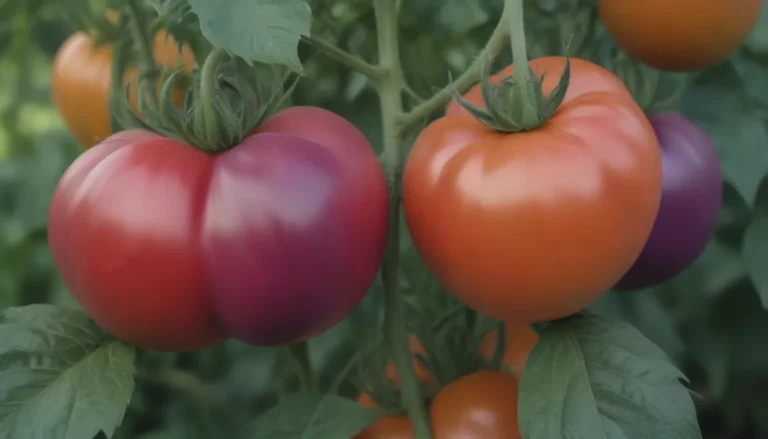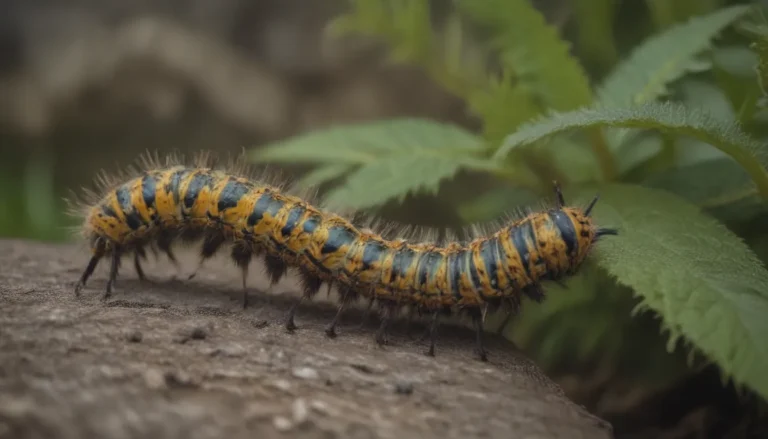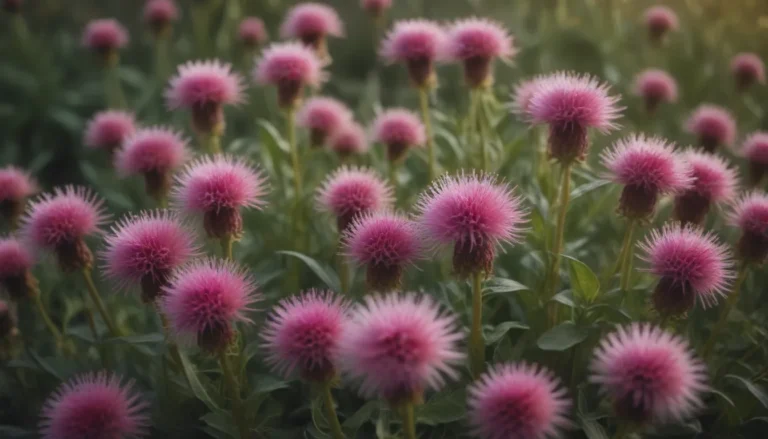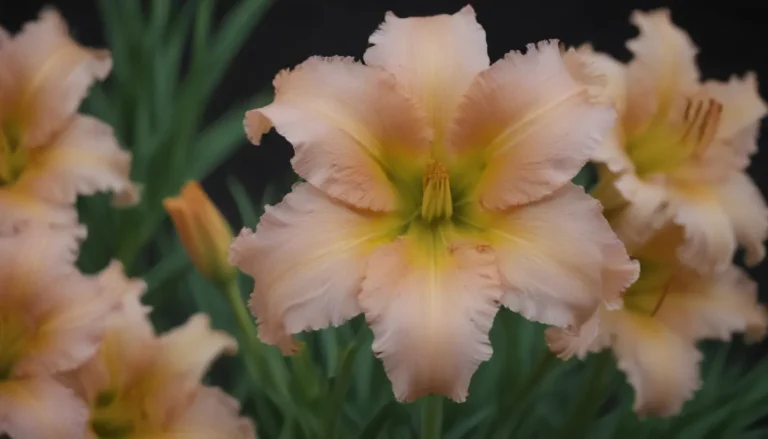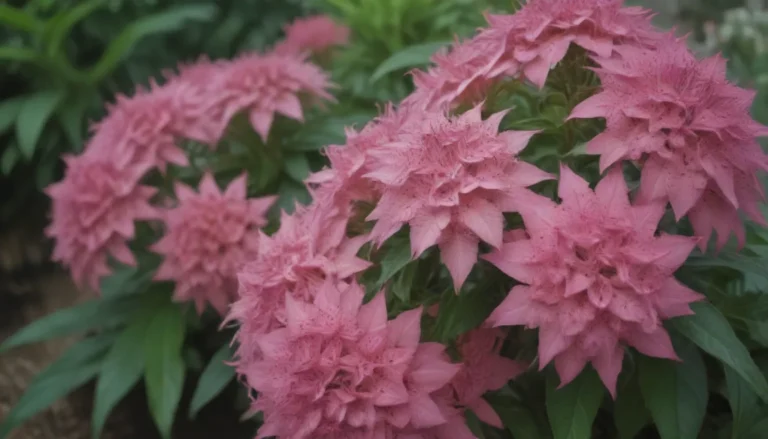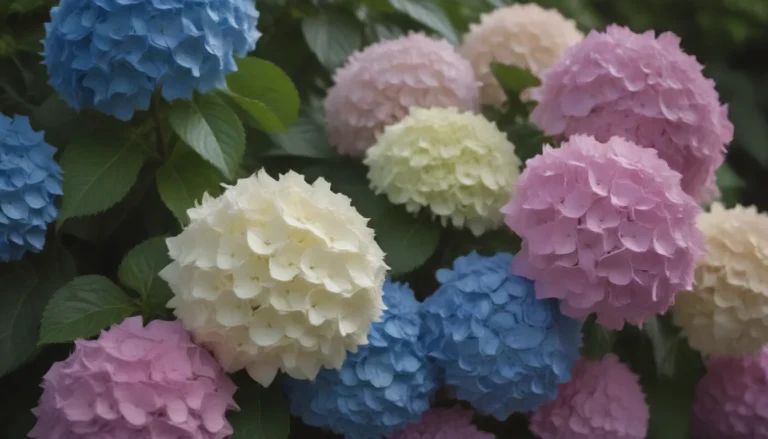A Comprehensive Guide to Growing and Caring for Japanese Zelkova Trees

If you’re looking to add a touch of East Asia to your landscape, the Japanese zelkova tree (Zelkova serrata) is an excellent choice. With its beautiful ovate green leaves and dazzling fall colors, this tree can provide shade and aesthetic appeal to any garden or outdoor space. In this comprehensive guide, we will explore everything you need to know about how to grow and care for Japanese zelkova trees.
Introduction to Japanese Zelkova Trees
The Japanese zelkova tree is a native of East Asia and has been a favorite in ornamental horticulture in the West since the 19th century. Known for its wide vase shape, upright branching, and unique curved trunk, this tree is a stunning addition to any landscape. As the tree matures, its bark peels to reveal orange patches, adding to its visual appeal.
Planting and Growth
When planting a young Japanese zelkova tree, it is best to do so in the spring to avoid exposing it to frost. The tree has a medium growth rate of 1 to 2 feet annually, making it a great option for those looking to establish shade in their garden relatively quickly.
Japanese Zelkova Care Tips
While the Japanese zelkova tree is relatively low-maintenance, there are a few key care tips to keep in mind to ensure its optimal growth and health.
Light
The Japanese zelkova thrives in full sun to partial shade. To enhance the tree’s fall colors, place it in a sunnier location.
Soil
This tree is very adaptable and can tolerate different soil types such as clay, loam, and sand, as long as the soil is well-draining. Soil pH is not a significant concern for the Japanese zelkova.
Watering
The Japanese zelkova tree is drought-tolerant once established and does not require much supplemental watering. When first planting the tree, give it a thorough soaking weekly for the first season to help establish its root system.
Temperature and Humidity
This tree is relatively cold-hardy and can thrive in USDA zones 5 through 8. It can adapt to various temperature and humidity conditions, making it suitable for most temperate regions in the United States.
Fertilization
Japanese zelkova trees do not require regular fertilization. However, if the tree is not performing well, amending the soil with appropriate nutrients may help boost its growth.
Types of Japanese Zelkova Trees
There are several popular cultivars of Japanese zelkova trees available, each with its unique characteristics and size. Some common cultivars include:
- ‘Halka’
- ‘Village Green’
- ‘Wireless’
- ‘Green Vase’
- ‘Musashino’
Pruning
Pruning is essential for developing the structure of the Japanese zelkova tree and preventing breakage. It is recommended to prune the tree in late fall through late winter to eliminate any extreme branch formations.
Propagation
You can propagate a Japanese zelkova tree through seeds or plant cuttings. Seeds may produce varying characteristics, while cuttings from a specific tree will result in uniform seedlings.
Common Pests and Diseases
Japanese zelkova trees are susceptible to pests like aphids and scale insects, which can cause damage to the leaves and twigs. Additionally, the tree may experience Phytophthora stem and collar rot disease, caused by a soil-borne organism. Regular monitoring and proper care can help prevent these issues.
Common Problems
One common issue with Japanese zelkova trees is their tendency to develop multiple leaders, leading to potential breakage. It is essential to select a tree with a single trunk or leader to avoid this problem. Despite this, the Japanese zelkova tree is highly resistant to diseases like Dutch elm disease and the elm leaf beetle.
In conclusion, the Japanese zelkova tree is a beautiful and versatile addition to any landscape. With proper care and maintenance, this tree can thrive in various conditions and provide shade and visual interest for years to come. Whether you’re looking for a specimen tree, shade tree, or street tree, the Japanese zelkova is an excellent choice that will enhance your outdoor space.
